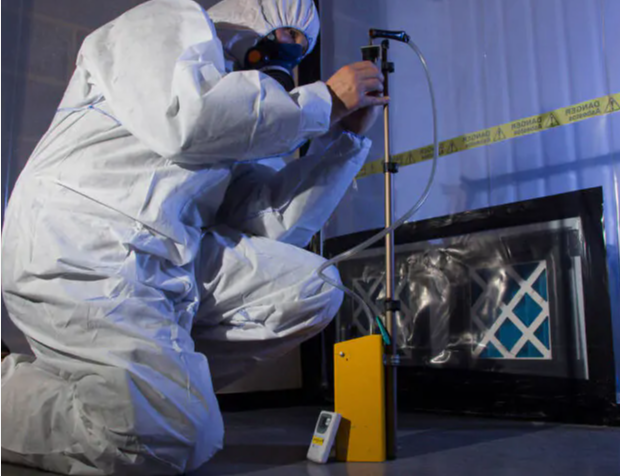Sometimes, older homes have hidden materials that can create problems. One such material is urea formaldehyde foam insulation. It was used years ago to fill wall spaces and keep homes warm. People thought it was a smart way to stay cozy in cold weather. But over time, this product started causing trouble. It gave off gases that weren’t safe and didn’t last as long as expected. Many people are now looking for ways to deal with it. This article will help you understand what it is, what risks it carries, and what you can do about it if it’s in your home.
What Is It Made Of?
This kind of filler is made by mixing certain chemicals with air to create a soft, bubbly material. It is pushed into the spaces in walls, where it then becomes solid. People used it a lot in the 1970s to fix homes without tearing down walls. Once inside, it looked like a cream or yellowish sponge. It was popular because it was easy to use and filled tricky spaces.
Common Issues Seen Over Time
Even though it seemed helpful at first, this product came with many concerns:
- Health worries: It releases a gas that can bother your eyes, nose, or throat. People have also said it caused headaches and made it hard to breathe.
- Shrinking: Over the years, the foam gets smaller. This leaves holes inside the wall, making it less useful for keeping warmth inside.
- Cracks and dryness: As it gets older, it breaks apart and becomes powdery. This makes cleaning or removal difficult.
- Moisture trouble: It soaks up water easily. This can lead to mold or more gas release, which isn’t safe.
How to Know If You Have It
Finding out if this material is in your house isn’t always easy. But here are some signs:
- Holes in walls: Look for small, round holes in neat rows. These were used to blow the material inside.
- Look inside: The product often appears as a crumbly sponge that’s off-white or light yellow.
- Testing: Experts can test the air or take samples to find out for sure.
What You Can Do About It
If your house has this material and it’s causing problems, you don’t have to live with it forever. Here are a few ways people handle the issue:
- Get it taken out: Professionals can remove the broken pieces safely.
- Improve airflow: Adding fans or vents can lower the amount of gas inside.
- Seal it up: Some people choose to block it inside the wall, so it doesn’t leak anything.
Steps Professionals Follow for Safe Removal
Removing this type of wall filler isn’t a simple job. Experts follow careful steps to make sure the process is safe:
- Check and test: First, they find out how much of it is inside the walls.
- Use safety gear: Workers wear masks and suits to stay safe.
- Break it up carefully: They remove the old material using special tools.
- Clean the area: They make sure no bits are left behind.
- Seal the space: Finally, they close the walls so no outside air or moisture can get in.
Risks of Keeping It in Your Walls
Leaving this product in your house might not seem like a big deal. But it can lead to serious problems:
- Long-term health risks: The gas it releases may increase the chance of sickness over time.
- Poor energy savings: As it breaks down, it doesn’t help keep your house warm anymore.
- Trouble selling your home: Some buyers don’t want a house with this material in it.
Safer Options to Choose Instead
There are better ways to fill walls that don’t cause these problems. Here are a few options:
- Fiberglass batts: These come in rolls and are placed between wall frames.
- Blown-in cellulose: This uses recycled paper and is safer for health.
- Foam boards: These are hard panels that go into walls or attics.
Each of these choices does not give off harmful gases and holds up better over time.
Helping Your Family Stay Safe
If you think this filler is in your house, don’t panic. Here’s what you can do right away:
- Open windows: Let fresh air come in to clear out any bad gases.
- Use fans: Moving air helps get rid of anything harmful inside.
- Talk to experts: Call someone who knows how to check and remove it safely.
Taking simple steps can help make your home better for everyone who lives there.
A Better Tomorrow Begins at Home
If your home was built many years ago, it’s possible it still has urea formaldehyde foam insulation. While it was once a popular choice, today we know it may not be the best option. It can shrink, crack, soak up water, and release gas that affects your health. Removing it and picking safer materials can make your home more comfortable. If you think your house may still have this kind of product, now is the time to act. Choose health and safety. Make a smart decision for the future.
Need help figuring it out? Call the team at MSN Environmental today and breathe easier in your home.


